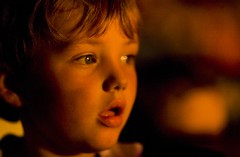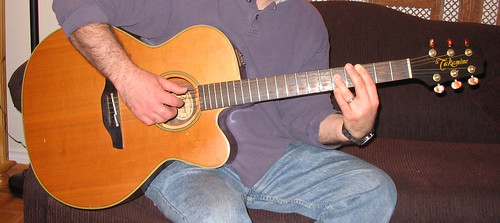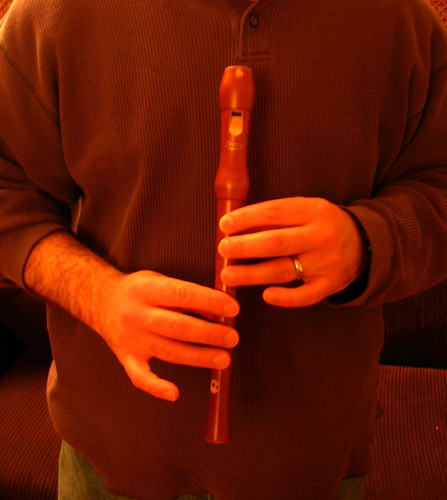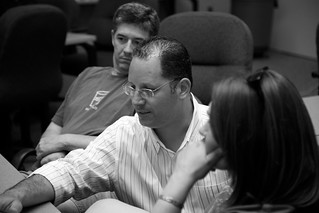So Clarence followed up with Courses Need To Die and Bud comments: "...get to work on it ... Maybe there's a grant somewhere aching to be written."
That's the sort of stuff I'm no good at but this idea fires my imagination.
Let's say a LARGE group of teachers from all over the world gets some grant money to build a global collaborative educational project. Let's say someone like David Warlick helps us build an aggregation engine like hitchhikr for courses (he gets paid using some of the grant money). It would include a tagging functionality for the subject, specific content, age level of the students, date and GMT time. (What other tags would be important?) Let's say every classroom in the project gets at a minimum high speed internet, speakers, mic and skype. (How about video?) And let's say the students in the project do Flat Classroom-like projects where they produce learning objects, aggregated on a blog, that develop their "expert voices".
 Expert Voices: (The idea behind "developing expert voices" comes out of the talk I had planned to give at the PLE Symposium last Friday.) This is something I'm going to be doing with my classes next semester instead of the Go For Gold assignment.
Expert Voices: (The idea behind "developing expert voices" comes out of the talk I had planned to give at the PLE Symposium last Friday.) This is something I'm going to be doing with my classes next semester instead of the Go For Gold assignment.
I will make a list of topics and post it on a side white board in the class. The topics will cover the breadth of the course content students are responsible for. Working together in groups of 2 to 4 (no solos), students will be required to develop a project and publish it online in any format they like. I'll need to develop some sort of rubric for this but essentially, they will have to demonstrate their expertise in the topic and demonstrate it in a format that educates an interested learner. (Lots of details to work out here but that's the broad strokes idea.)
Let's say we can do this thing. How do we begin?
To start I think we need to get the idea out there and see if we can build a critical mass. I'm tagging this post with the names of several blogging teachers. If you got tagged, but especially if you didn't, and want to help move this idea forward or participate in any way, blog it. Add a bunch of other folks in your list of tags and include the tag: expertvoices.
I bounced this idea off my principal, just to see how he'd react. He said getting the grant money should be no problem. It will depend upon getting that critical mass of global educators on board; k-20 (kids aged 5 to 25+).
So, what d'ya say? Do you want to have your students participate in the global knowledge commons?
I was going to shout out to a bunch of teachers who blog with their students and at the last minute decided to "leave it up to the network." ;-) If the idea has merit then please post about it on your blog and let's try to build a critical mass of involved educators. If it doesn't then this post will be quietly ignored. If you teach math please leave me a comment if you'd like to get together to have our kids collaborate in this way -- similar to what Julie and Vicki did with their Flat Classrooms Project.
- 1/31/2007 08:28:00 am
- 7 Comments










